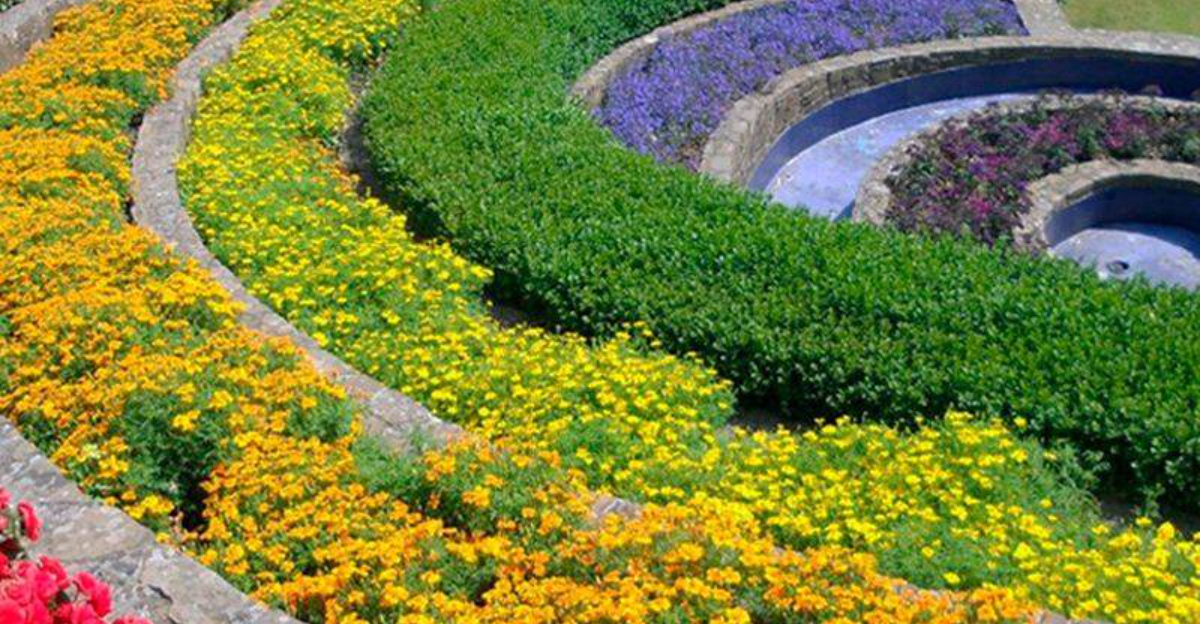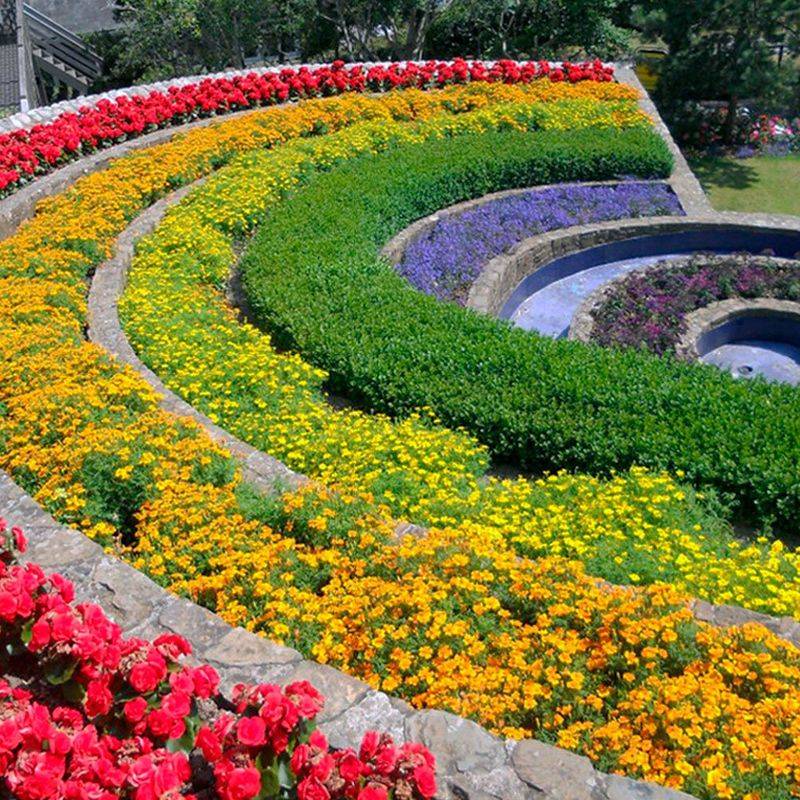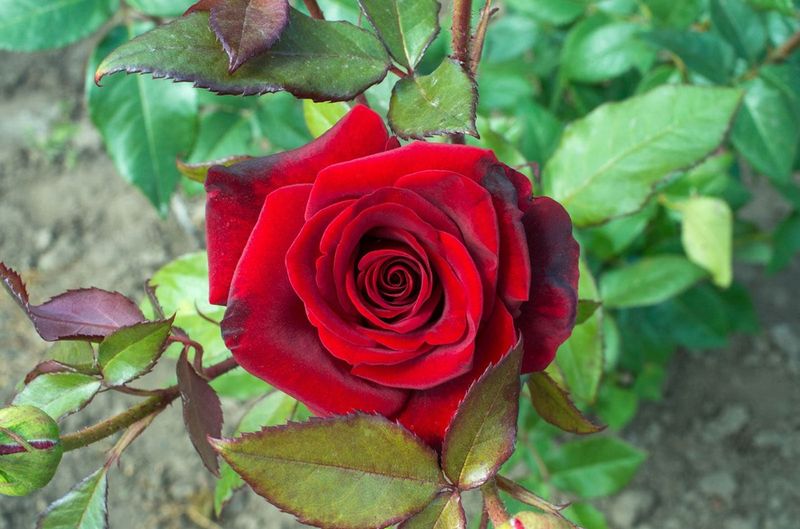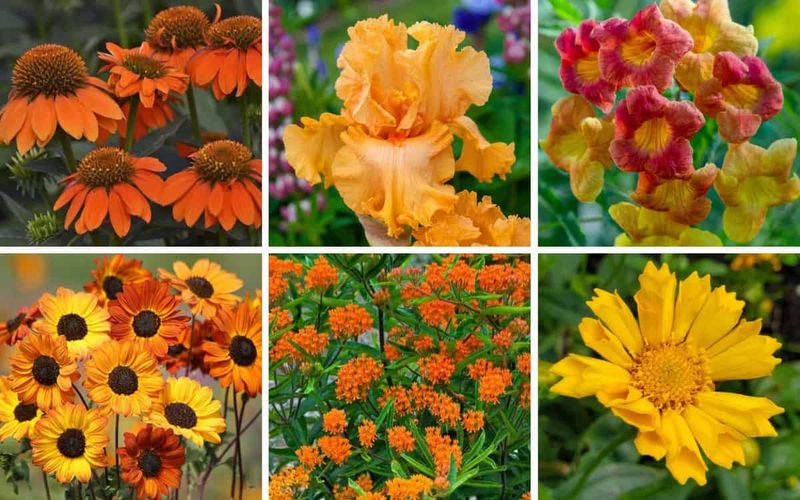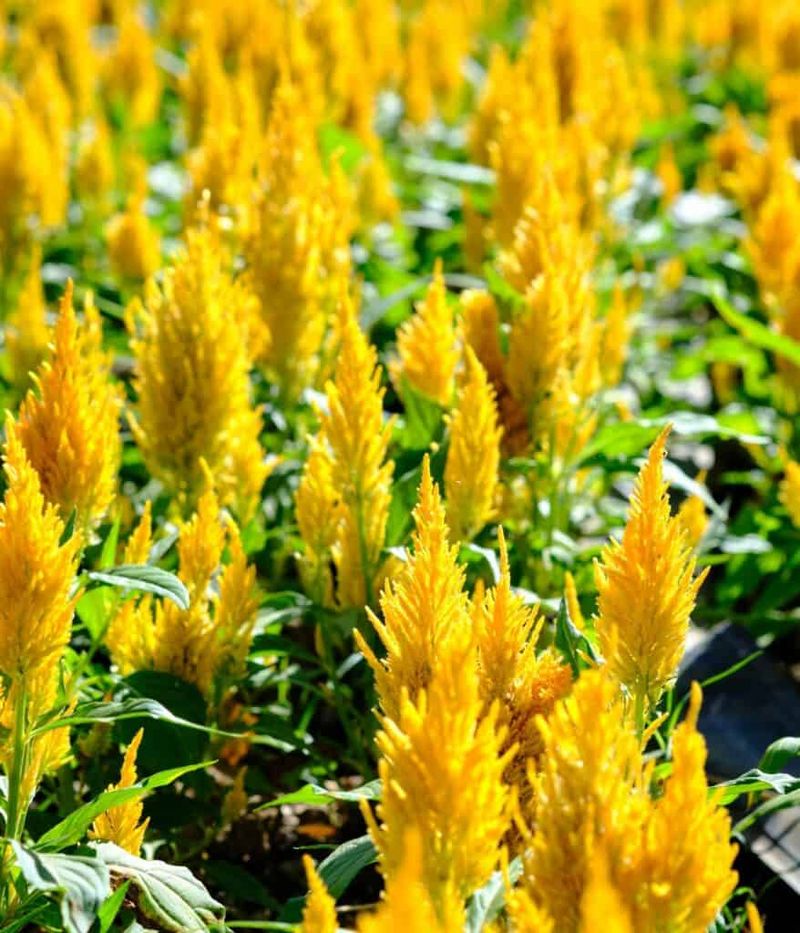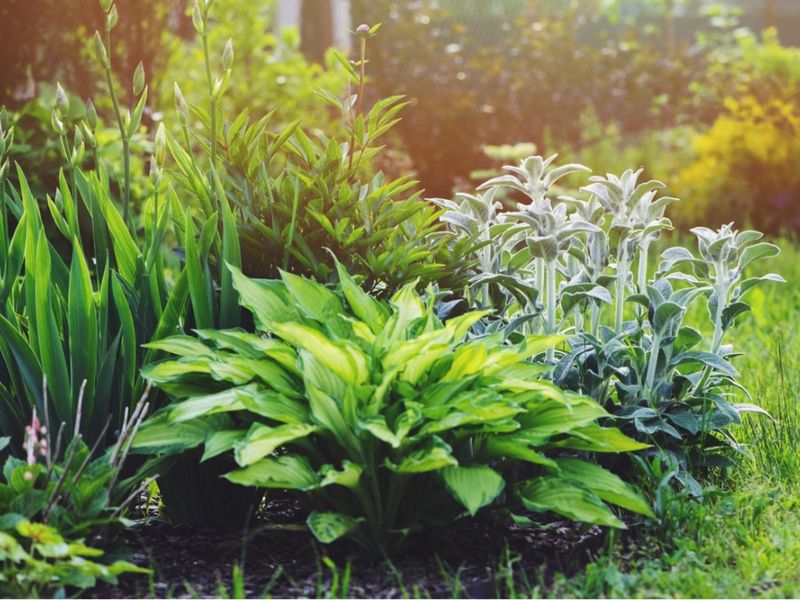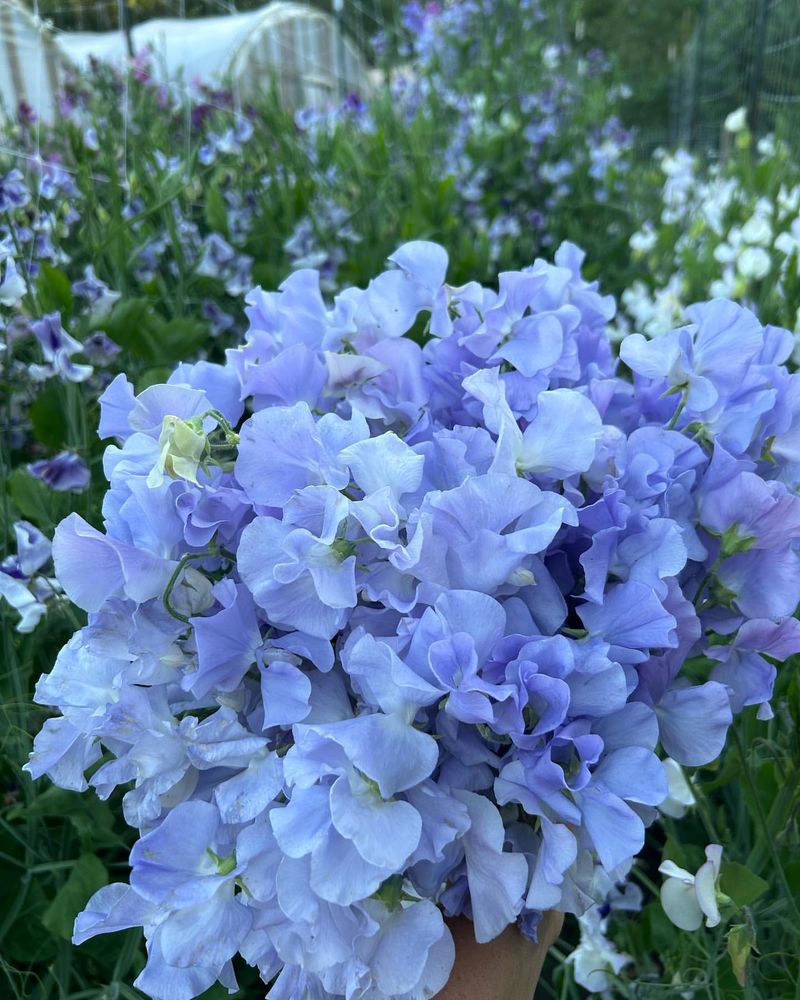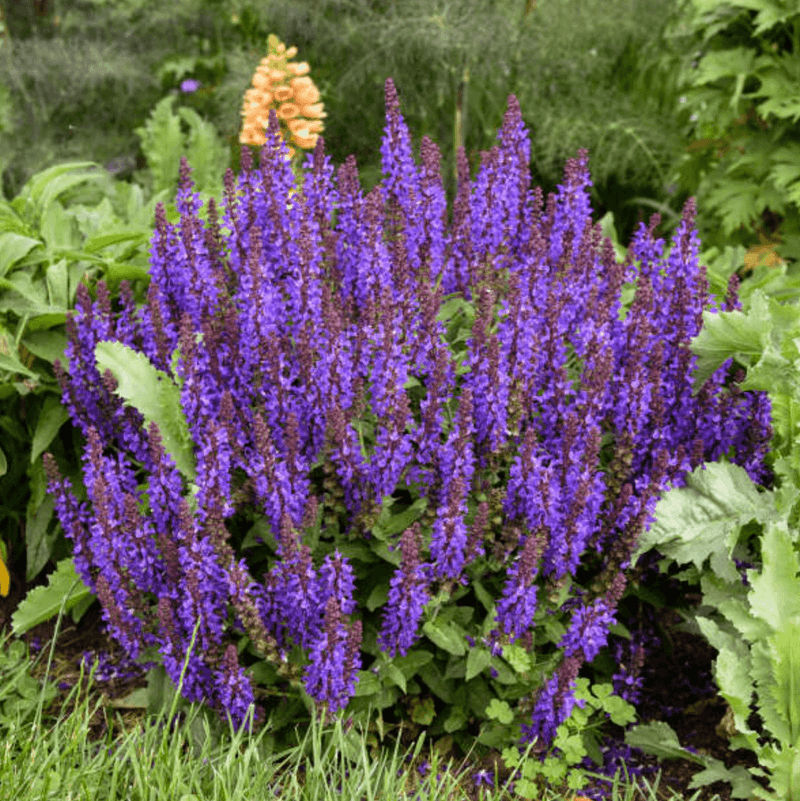A rainbow garden is a vibrant, eye-catching way to bring color and harmony to your outdoor space.
By carefully selecting plants with blooms in every shade of the rainbow, you can design a stunning landscape that feels like a living painting. Here’s how to create your own rainbow garden!
1. Plan Your Color Layout
Before planting, decide how you want your colors to flow. You can opt for a linear rainbow with colors in bands, a circular design with a spectrum radiating outward, or clusters blending naturally like a painter’s palette.
Consider your garden’s size, sunlight, and view angles. This planning stage sets the foundation for a cohesive and captivating garden. Each approach offers distinct visual appeal, enhancing the garden’s charm.
Take time to visualize your layout, ensuring it complements your landscape and personal style. Attention to detail in this phase makes your garden uniquely vibrant.
2. Choose Red Blooms
Red flowers add drama and boldness to your garden. Choose classic and elegant roses, bright and cheerful poppies, easy-to-grow zinnias, or versatile geraniums for pots and borders.
These fiery favorites create a striking impact, drawing the eye and adding depth. Arrange them strategically to highlight their brilliance against other colors. Reds are dynamic and intense, often becoming focal points in the garden.
They symbolize passion and vitality, making them a popular choice for gardeners aiming to make a bold statement. Experiment with different shades to enrich the visual experience.
3. Add Orange Accents
Orange brings warmth and energy to your garden. Consider planting hardy marigolds, vibrant California poppies, exotic tiger lilies, or delicate cosmos. Each offers unique textures and forms, contributing to the garden’s diversity.
Orange hues energize the space, encouraging a lively atmosphere. They are perfect for creating focal points or blending with reds and yellows for smooth transitions.
Their warm tones evoke a sense of warmth and excitement. Use them to highlight particular areas, drawing attention and enhancing the overall aesthetic. Orange blooms are resilient and easy to care for.
4. Brighten with Yellow Blooms
Yellow flowers create a sunny, cheerful vibe. Incorporate tall, majestic sunflowers, pollinator-friendly black-eyed Susans, early-blooming daffodils, or low-maintenance coreopsis.
These blooms brighten the garden, adding a touch of sunshine even on cloudy days. Yellows are uplifting and positive, often associated with happiness and joy. They work well in various garden styles, from formal to cottage.
Place them where they can catch the light, maximizing their radiant quality. Their presence can transform a space, making it feel open and inviting. Yellow blooms are a must for any vibrant garden.
5. Soften with Green Foliage
Green is often overlooked, but it’s essential for balance. Incorporate lush hostas, soft ferns, velvety lamb’s ear, and ornamental grasses. These plants provide a backdrop that enhances the vibrancy of floral colors.
They add texture and movement, creating a dynamic yet calming effect. Greens are versatile, suitable for both sun and shade. They bring harmony and stability, grounding your garden’s design.
Use them to soften edges and fill gaps, ensuring a seamless blend of colors. Their understated elegance complements and elevates the vividness of surrounding blooms, making the garden feel complete.
6. Introduce Cool Blues
Blue flowers are rare but stunning. Consider towering delphiniums, tiny forget-me-nots, enchanting bluebells, or bee-friendly salvia. These cool tones offer a tranquil contrast to warm hues, enhancing the garden’s depth.
Blues evoke calmness and serenity, perfect for relaxation spaces. They blend well with whites and purples, adding a touch of sophistication and elegance. Plant them in clusters for impact or intersperse among other colors for subtle highlights.
Blue blooms captivate with their unique beauty, making them a cherished addition to any garden. Their presence fosters a peaceful, introspective atmosphere.
7. Complete with Purples & Violets
End your rainbow with rich, regal shades of purple. Plant fragrant lavender, versatile petunias, globe-shaped alliums, or climbing clematis. These hues bring a sense of mystery and luxury, elevating the garden’s allure.
Purples are associated with creativity and imagination, inspiring awe and wonder. They pair beautifully with blues and pinks, enhancing their vibrant qualities.
Use them in areas that warrant attention or need a splash of elegance. Their deep tones add depth, making the garden feel lush and opulent. Purple blooms are a stunning conclusion to a colorful palette.
